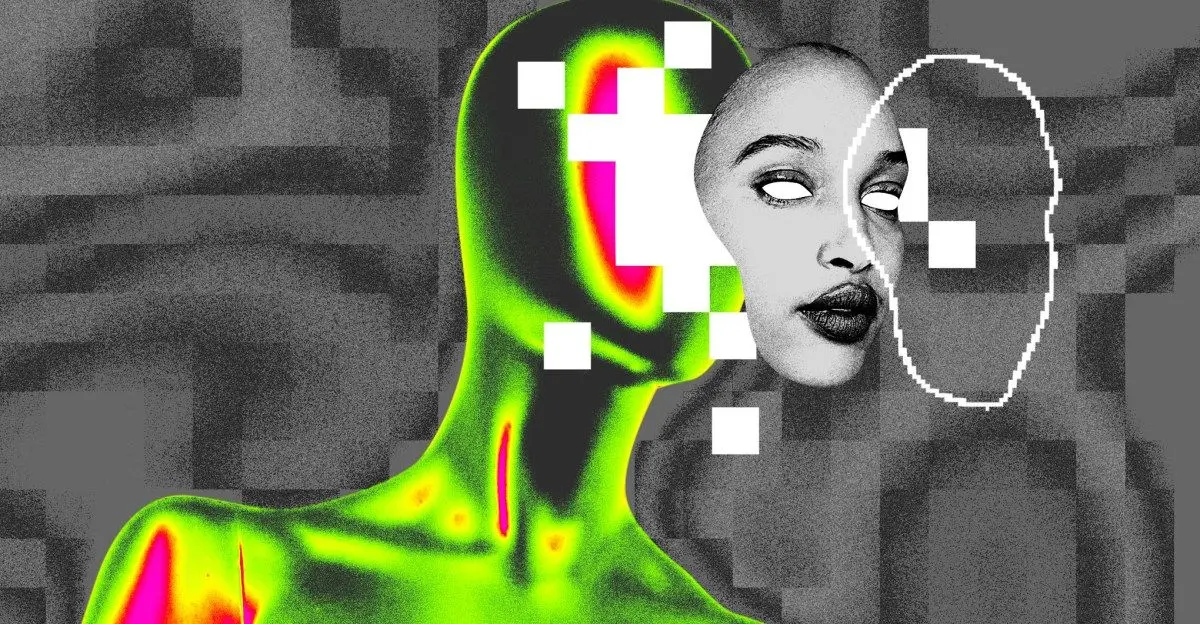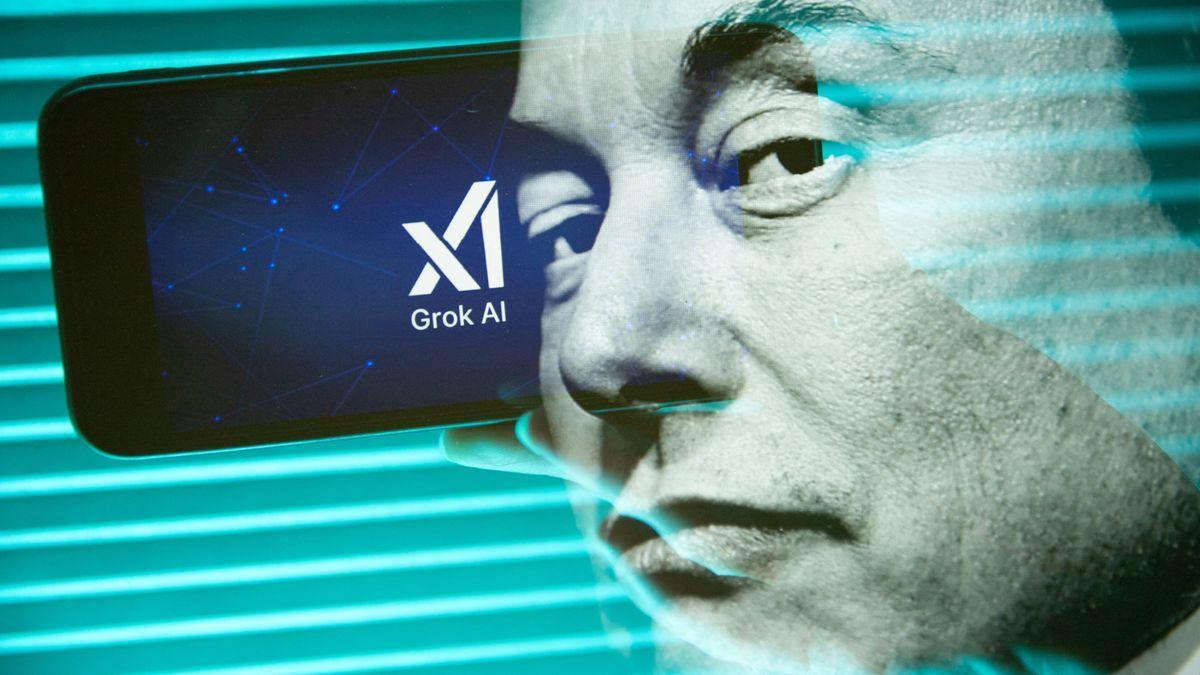AMD's FSR 3.1.4 Update: Laying the Groundwork for AI-Driven Redstone Technology
3 Sources
3 Sources
[1]
AMD FSR 3.1.4 update lays a Redstone foundation -- new version improves image quality, eases future developer integrations
AMD's latest FidelityFX Super Resolution (FSR) update might look like a routine maintenance patch, but under the hood, it's setting the stage for one of the company's most ambitious upgrades yet. FSR 3.1.4, released this week, folds in fixes to AMD's temporal upscaler while quietly wiring in support for the upcoming "Redstone" suite of AI-driven rendering technologies that are due later this year. The most immediate change is a reduction in ghosting on newly disoccluded pixels, or previously hidden ones that suddenly come into view. That's a problem that's long plagued FSR in fast camera pans and dense environments. AMD says the new approach should produce cleaner, sharper images when objects move quickly or the viewpoint shifts abruptly. Alongside that comes a signed, easily upgradable DLL, part of the "FSR 4 driver upgrade" system, which should make future updates far less painful for developers already shipping FSR 3. That's important because Redstone, first teased at Computex 2025, will form the backbone of FSR 4. The package folds four ML-powered features into AMD's rendering pipeline: Neural Radiance Caching to accelerate global illumination, ML Ray Regeneration to rebuild ray-traced detail from sparse samples, ML Super Resolution to replace the existing upscaler with a machine-learning-powered variant, and ML Frame Generation to interpolate entirely new frames between rendered ones. It's a direct challenge to Nvidia's DLSS 4 stack, with some features, like ML Ray Regeneration, echoing Nvidia's own Ray Reconstruction. Officially, Redstone will debut on RDNA 4 GPUs, from the Radeon RX 9060 through the RX 9070 XT, thanks to the architecture's expanded AI compute capabilities. AMD hasn't committed to wider support, but given how FSR 4's upscaler was unofficially modded onto RDNA 3 hardware, it's hard to imagine the enthusiast community not attempting the same here. AMD has said FSR 4 should be a drop-in upgrade for most FSR 3 titles, so maybe the players won't need to rely on OptiScaler that much. Anyhow, to help developers prepare, AMD has refreshed its Unreal Engine 5.6 plugins for both FSR 3.1.4 and Radeon Anti-Lag 2. The latter is designed to cut system latency in GPU-bound scenarios and pairs naturally with ML Frame Generation, which can otherwise add input delay. This positions studios to ship FSR-enabled games now and enable Redstone later with minimal friction. There's still no hard release date for FSR Redstone beyond a vague "H2 2025," but AMD's move to seed 3.1.4 ahead of time suggests it wants the groundwork laid well before the switch is flipped. So far, the only public demo shows a Redstone-enhanced automotive scene, with ML Frame Generation smoothing the motion between real and generated frames. How the tech fares in shipping games is still an open question, but if AMD delivers, Redstone could finally close the gap -- and maybe even gain ground -- on Nvidia's AI rendering lead.
[2]
AMD's tiny FSR 3 update aims to improve upscaling quality but also lays the foundation for adding Redstone AI tech to games
Software updates usually only grab news headlines when it's a major new version, bringing something special or different for users to enjoy. So a minor revision by AMD to its FSR toolkit wouldn't normally be of note, but this one is actually special, despite the fractional change in version number. With this update, FSR will be even easier to update in the future and, more importantly, it paves the way for Redstone features to be added to games. As always, AMD spilt the beans on the new version of FidelityFX Super Resolution (FSR) via its GPUOpen site, a central resource for all things GPU, games, and development. "FSR 3.1.4 includes several fixes, such as improved upscaling quality, and features a signed, easily upgradable DLL that supports our FSR 4 driver upgrade feature," reads the blurb. In the case of the former, the tweaks "reduce[d] upscaler ghosting in newly disocluded [sic] pixels compared with FSR 3.1.3." I was under the impression that the spelling is 'disoccluded', but no matter -- it basically means pixels that were previously hidden (occluded) have now become visible (disoccluded) because something has moved. Camera motion in busy scenes has been a bit of a nemesis for AMD's upscaler, resulting in ghosting and smearing as you whip, or even just slowly move, the mouse about in a game. Anything that can be done to reduce this is clearly a good thing, if you pardon the pun. As for the 'easily upgradable DLL', that's all about making it easier to add FSR 4 to games that already support FSR 3, which is another good thing. Whether it means PC gamers will be able to drop in an FSR DLL of their choice, just as one can do with DLSS, isn't clear, but hopefully, this is the direction that AMD is moving towards. By far the most important aspect of the 3.1.4 update is this statement: "Ready to support upcoming AMD FSR Redstone technologies with required camera parameters for FSR ML Frame Generation." Redstone is an FSR 4 project that AMD is clearly hoping will result in the tech achieving parity with DLSS, because it uses machine learning (ML) to improve ray-traced lighting (via an ML-driven radiance cache and denoiser), along with superior upscaler and frame generation quality. FSR 4 already uses AI for the latter two, so just think of Redstone as being a juiced-up version of the latest FidelityFX Super Resolution. And who doesn't want more juice with their FSR? AMD announced Redstone back in May, though its scheduled completion date is still down as a very vague 'H2 2025'. Given that we're already in the second half of 2025, Redstone could appear tomorrow, next week, next month or New Year's Eve. As much as I'd like to see it out now, I hope AMD doesn't rush it and makes sure it's as good as it can be before rubberstamping it for developers to use. So yeah, FSR 3.1.4 is a teeny tiny update, but underneath the scant details in the release notes, it's actually quite an important one.
[3]
AMD improves FSR 3 upscaling quality in update that also paves the way for FSR Redstone
TL;DR: AMD's FSR 3.1.4 update enhances FSR 3 with improved upscaling quality, reduced ghosting, and an easily upgradable DLL for seamless future updates. It includes new Unreal Engine 5.6 plugins and prepares games for the upcoming FSR Redstone, which introduces advanced AI-driven rendering technologies to rival NVIDIA's DLSS. Although FSR 4 is the latest and greatest version of AMD's FidelityFX Super Resolution technology, it's currently exclusive to the company's new RDNA 4 desktop GPUs. And with that, it's great to see that FSR 3 is still getting updated, as seen with the release of FSR 3.1.4 covering Super Resolution, Frame Generation, and more. Any game with AMD's new FSR 3.1.4 will be FSR Redstone-ready. AMD notes that FSR 3.1.4 includes several fixes and improves FSR 3's upscaling image quality by reducing ghosting, while also paving the way for FSR's future. One of the key new features of the update is the "easily upgradable DLL," which allows FSR 4 and future versions of the technology to update in a way that is "more straightforward than ever before." The update also arrives with new Unreal Engine 5.6 plugins to make FSR 3.1.4 and AMD Radeon Anti-Lag 2 easier to integrate in a game or project. Last, and certainly not least, this update paves the way for FSR Redstone, which is still on track for release later this year. This is exciting because FSR Redstone will see AMD finally catch up, capability-wise, with NVIDIA and its full suite of DLSS technologies. FSR Redstone introduces four new and upgraded AI solutions and rendering technologies to FSR 4 and the latest RDNA 4 generation of graphics cards, including the flagship Radeon RX 9070 XT. It includes the AI-powered Super Resolution already present in FSR 4, while updating FSR Frame Generation with a new AI-powered version for improved performance and fidelity. It also introduces 'ML Ray Regeneration,' a technology similar to NVIDIA's DLSS Ray Reconstruction, which dramatically improves the quality of ray-traced effects. FSR Redstone also introduces Neural Radiance Caching technology, which leverages a live in-game AI model to trace rays similarly to how Super Resolution generates pixels, through using game data, existing ray-tracing calculations, and on-screen information. AMD notes that any game with FSR 3.1.4 will be FSR Redstone-ready.
Share
Share
Copy Link
AMD releases FSR 3.1.4 update, improving image quality and preparing for the integration of AI-powered Redstone technology in future GPU releases.
AMD Releases FSR 3.1.4 Update
AMD has released version 3.1.4 of its FidelityFX Super Resolution (FSR) technology, marking a significant step towards the integration of AI-driven rendering technologies. While the update appears minor on the surface, it sets the stage for AMD's ambitious Redstone project, slated for release in the latter half of 2025
1
2
.Immediate Improvements in Image Quality
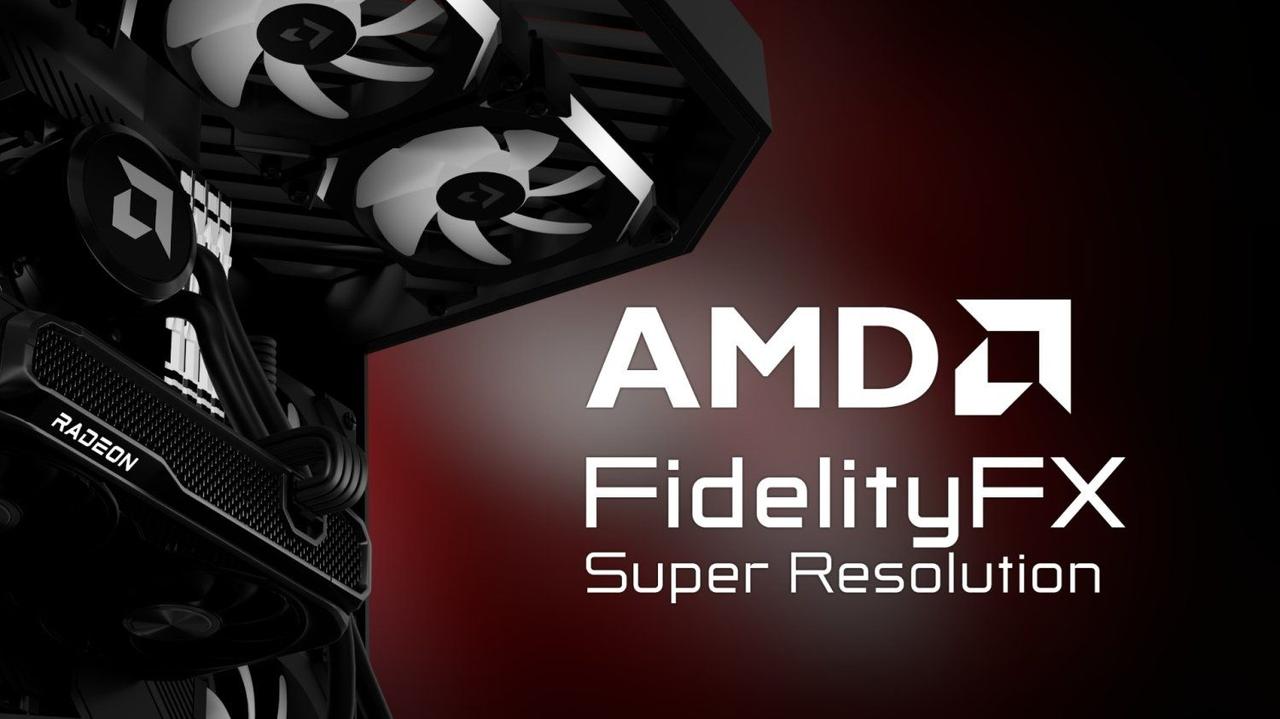
Source: TweakTown
The FSR 3.1.4 update brings immediate enhancements to image quality, particularly addressing long-standing issues with temporal upscaling:
- Reduced ghosting on newly disoccluded pixels
- Improved clarity during fast camera movements
- Enhanced sharpness in dense environments
1
These improvements aim to provide cleaner and sharper images, especially in scenarios involving rapid object movement or abrupt viewpoint shifts
3
.Preparing for Redstone and FSR 4
A key feature of the 3.1.4 update is the introduction of a signed, easily upgradable DLL as part of the "FSR 4 driver upgrade" system. This development significantly eases the process for developers to implement future updates, laying the groundwork for the integration of Redstone technologies
1
2
.Redstone, first unveiled at Computex 2025, is set to form the backbone of FSR 4. It introduces four ML-powered features to AMD's rendering pipeline:
- Neural Radiance Caching for accelerated global illumination
- ML Ray Regeneration for rebuilding ray-traced detail
- ML Super Resolution to replace the existing upscaler
- ML Frame Generation for frame interpolation
1
3
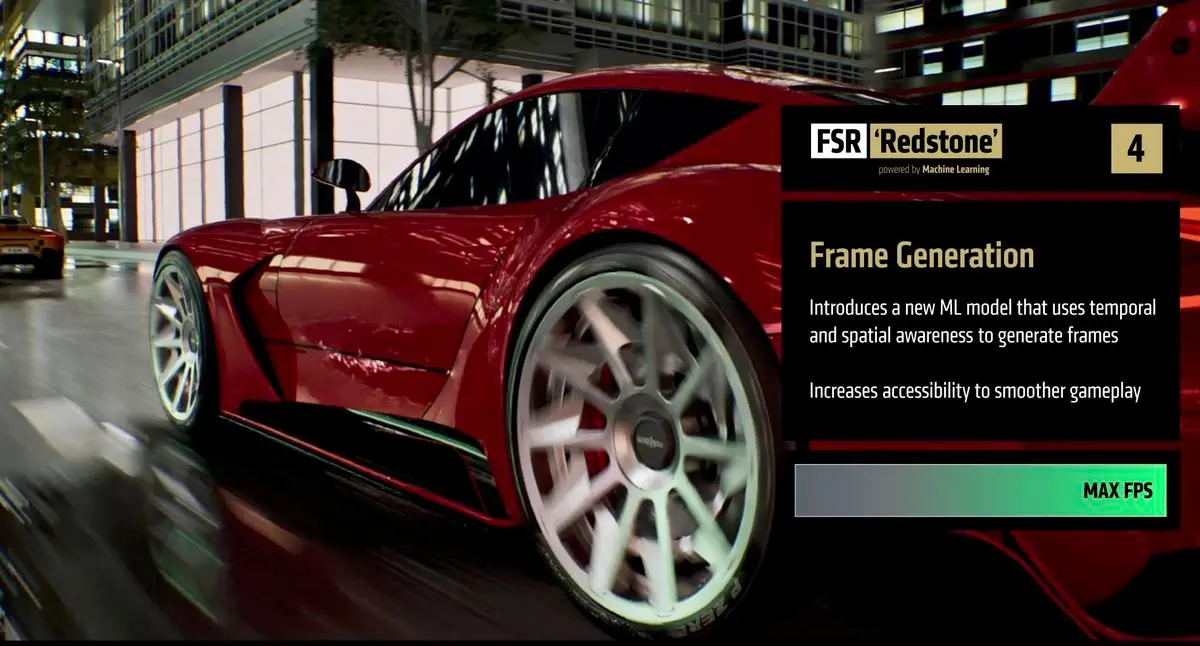
Source: Tom's Hardware
These features position AMD to directly challenge Nvidia's DLSS 4 stack, with some capabilities mirroring Nvidia's offerings, such as Ray Reconstruction
1
.Developer Support and Integration
To facilitate developer adoption, AMD has refreshed its Unreal Engine 5.6 plugins for both FSR 3.1.4 and Radeon Anti-Lag 2. This update allows studios to ship FSR-enabled games now and seamlessly enable Redstone features in the future
1
3
.Related Stories
Hardware Compatibility and Future Prospects
Officially, Redstone is set to debut on RDNA 4 GPUs, including the Radeon RX 9060 through the RX 9070 XT. These new architectures boast expanded AI compute capabilities to support the advanced features
1
. However, given past trends of unofficial modding, there's speculation about potential wider support for older hardware2
.Industry Implications
The FSR 3.1.4 update and the upcoming Redstone technologies represent AMD's strategic move to close the gap with Nvidia in AI-driven rendering. While the full impact of these advancements remains to be seen in shipping games, the potential for AMD to gain ground in this competitive space is significant
1
2
3
.As the gaming and graphics industry continues to evolve, the integration of AI technologies in rendering pipelines is becoming increasingly crucial. AMD's latest update not only improves current performance but also signals a commitment to pushing the boundaries of graphics technology in the near future.
References
Summarized by
Navi
[1]
Related Stories
AMD's Fluid Motion Frames 3 and 'Redstone' Update: A Leap Forward in AI-Powered GPU Technology
30 Sept 2025•Technology
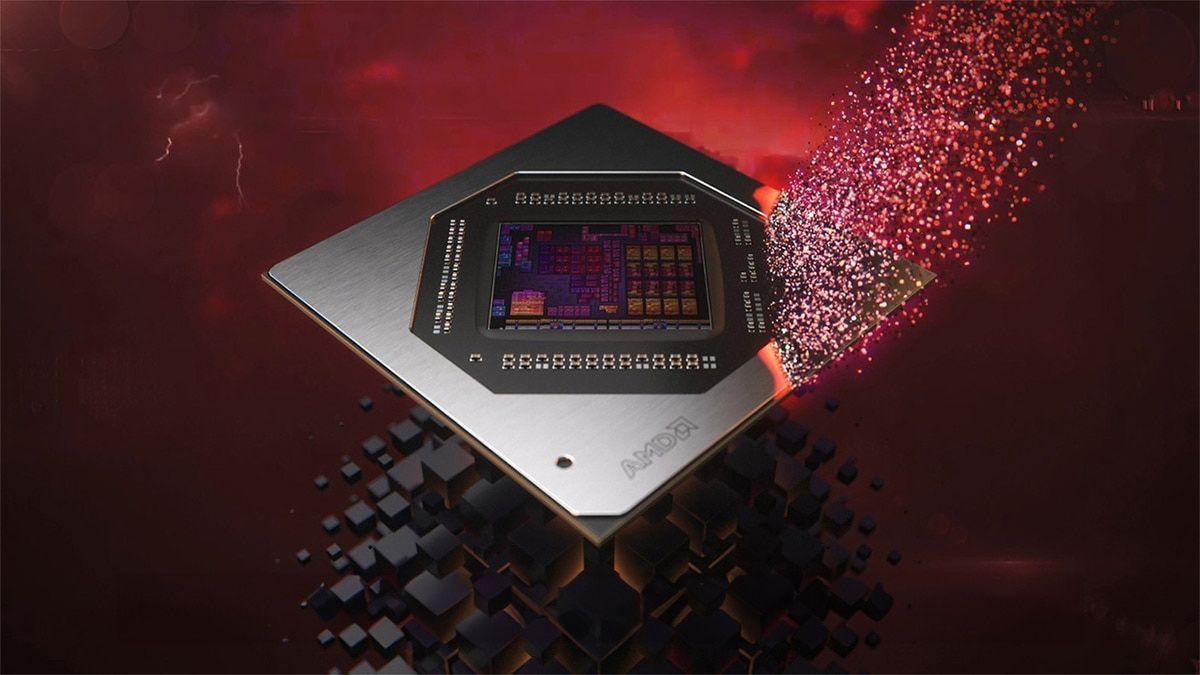
AMD launches FSR Redstone with AI frame generation to directly challenge Nvidia DLSS dominance
10 Dec 2025•Technology
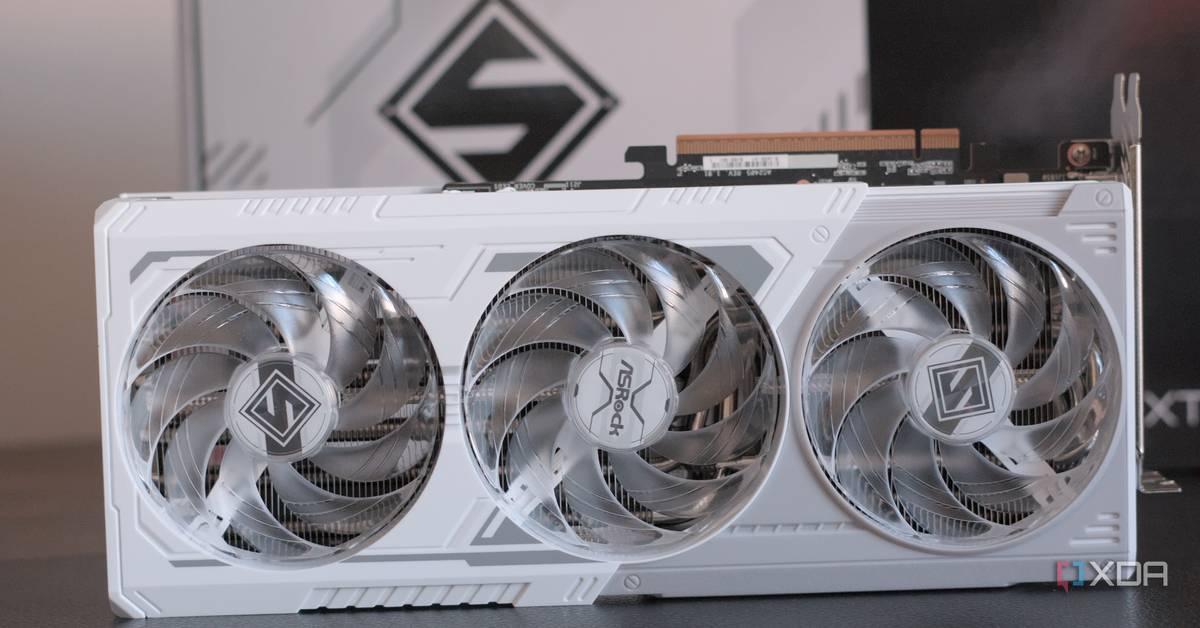
AMD's FSR 'Redstone': A Leap Forward in AI-Powered Gaming Graphics
21 May 2025•Technology
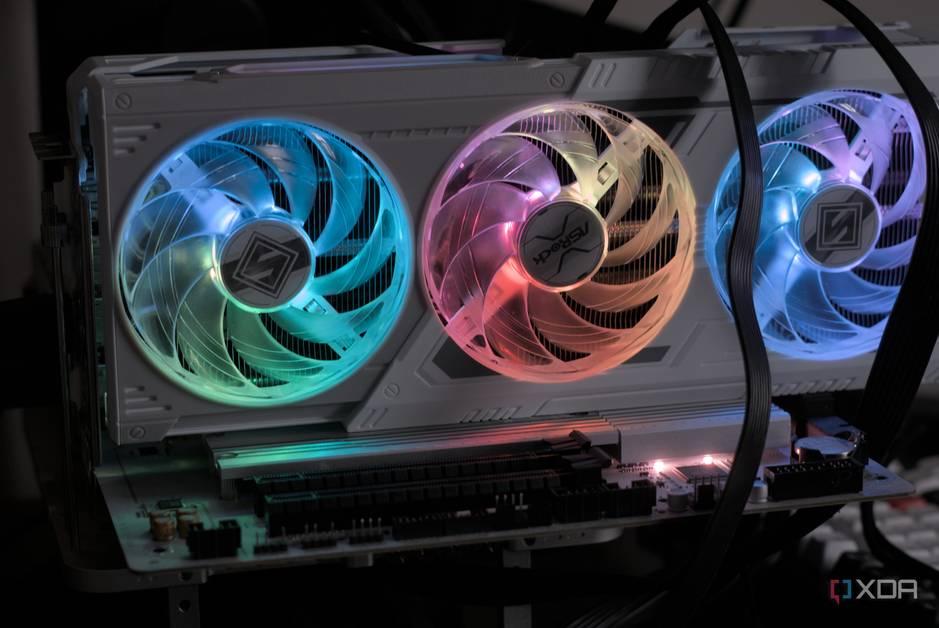
Recent Highlights
1
Nvidia drops $20 billion on AI chip startup Groq in largest acquisition ever
Business and Economy

2
Meta acquires Manus for $2 billion, adding revenue-generating AI agents to its platforms
Business and Economy

3
China proposes world's strictest AI chatbot rules to prevent suicide and emotional manipulation
Policy and Regulation


